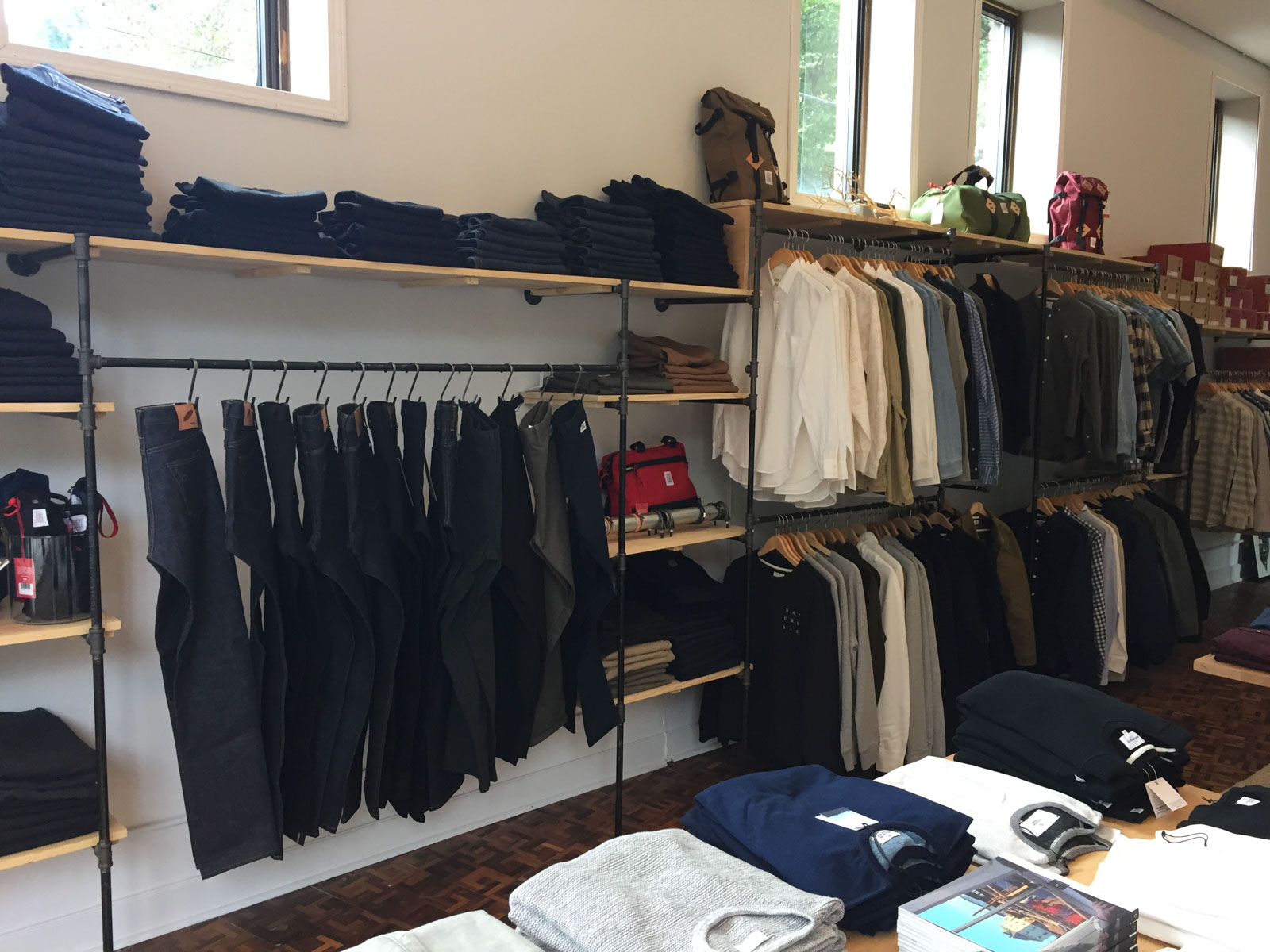Unveiling the Rich Heritage of Eastern Fashion
Exploring the complex tapestry of Eastern style introduces a world where tradition meets innovation, and craftsmanship intertwines with cultural symbolism. From the extravagant silks of old dynasties to the elaborate embroidery of nomadic tribes, each garment tells a tale that goes beyond time and boundaries, resembling the abundant heritage and artistic heritage of the East. As we peel off back the layers of history and practice, a fascinating trip waits for, unwinding the keys behind the exciting appeal and enduring influence of Eastern style on the international phase.
Origin of Eastern Style

In Mesopotamia, for instance, the Sumerians and Babylonians created garments using natural leather, bed linen, and woollen, decorated with elaborate patterns and jewelry. Ancient Egyptians are renowned for their innovative weaving skills and the usage of light-weight, breathable fabrics like linen. Chinese style emphasized the significance of shade symbolism and elaborate needlework strategies, while Indian garments featured lively hues, lavish fabrics like silk and cotton, and sophisticated drape designs such as the saree.
These ancient people not just influenced each other however additionally led the way for the varied and culturally rich tapestry that is contemporary Eastern fashion. Via centuries of evolution, Eastern fashion proceeds to thrive, mixing practice with contemporary impacts to create classic and special designs.
Cultural Influences and Customs
Drawing from centuries-old custom-mades and ideas, cultural impacts and traditions play a crucial role in shaping the significance of Eastern fashion (eastern wear pakistan). The rich tapestry of societies across Eastern regions such as Asia, the Middle East, and Africa has greatly affected the apparel designs, shades, textiles, and makes that are widespread in Eastern style today
In nations like India, Japan, and China, conventional garments like bathrobes, sarees, and cheongsams remain to hold substantial social importance and are commonly embellished with detailed embroidery or symbolic patterns that reflect ingrained ideas and values. In Middle Eastern countries, the streaming kaftans and abayas put on by guys and females not just offer as modest attire however additionally mirror the area's social heritage and Islamic customs.
In addition, making use of certain colors like red forever luck in Chinese culture or intricate geometric patterns motivated by Islamic style even more exemplify how social impacts show up in Eastern style - eastern wear pakistan. By recognizing and protecting these cultural influences and traditions, Eastern fashion proceeds to advance while staying real to its abundant heritage
Development of Eastern Apparel
With time, Eastern garments have gone through considerable changes, mirroring a blend of practice and modernity in their style and style. Traditional Eastern garments such as the saree, salwar, bathrobe, and hanbok kameez have progressed to integrate contemporary aspects while maintaining their social essence.
One noteworthy development is making use explanation of cutting-edge textiles and techniques in Eastern garment construction. Conventional handwoven textiles like silk and cotton have been matched with modern-day products such as polyester and blends, supplying raised sturdiness and simplicity of treatment. In addition, advancements in printing innovations have actually made it possible for intricate patterns and styles to be included right into Eastern garments with accuracy and information.
In addition, adjustments in shape and customizing have actually updated Eastern clothing, making them extra appropriate and flexible for varied occasions. Traditional gown codes have actually kicked back, permitting experimentation with shades, decorations, and designs. This advancement has not only made Eastern garments a lot more enticing and available to an international audience but has likewise guaranteed their continued importance in modern fashion landscapes.
Meaning in Eastern Outfit
Exploring the ingrained social value woven right into Eastern clothing introduces an abundant tapestry of meaning and tradition. Eastern garments are typically imbued with signs that reflect the user's societal standing, religious beliefs, and social identification.
In addition, specific garments hold symbolic meanings. Its layout, fabric, and even the method it is used all lug deep social value.

Effect of Eastern Fashion Today

The consolidation of Eastern components in Western style has caused a fusion of designs that accommodate varied preferences and preferences (eastern wear pakistan). Developers frequently attract inspiration from Eastern patterns, textiles, and silhouettes, producing one-of-a-kind and cutting-edge pieces that mix typical and modern-day looks. This cross-cultural exchange has not just revitalized the fashion business however additionally fostered a deeper recognition for Eastern heritage and workmanship
In addition, the surge of digital platforms and social media has additionally amplified the impact of Eastern fashion, permitting designers and brands to reach a bigger target market and display their social heritage to the world. With partnerships, fashion programs, and on the internet campaigns, Eastern style remains to grow and develop in today's dynamic and interconnected global landscape.
Final Thought
To conclude, the abundant heritage of Eastern style is a testament to the social influences, intricate workmanship, and profound importance embedded in each garment. From ancient human beings to contemporary analyses, Eastern style remains to astound with its special blend of practice and advancement. The effect of Eastern style today functions as a reminder find of the classic beauty and artistic expression that have actually made it a worldwide phenomenon commemorated for its rich social heritage.
Checking out the intricate tapestry of Eastern style introduces a world where custom meets technology, and workmanship intertwines with social importance.The sustaining significance and cultural importance embedded in Eastern attire proceed to shape and affect the modern impact of Eastern style today. Eastern style has transcended borders, ending up being a worldwide sensation welcomed by designers, stars, and fashion enthusiasts worldwide.In conclusion, the rich heritage of Eastern fashion is a testament to the cultural influences, detailed craftsmanship, and extensive symbolism installed in each garment. The effect of Eastern fashion today serves as a pointer of the ageless style and creative expression that have made it a worldwide sensation commemorated for its rich social heritage.
Comments on “Budget-friendly and Fashionable Eastern Wear Pakistan for every single Spending plan”